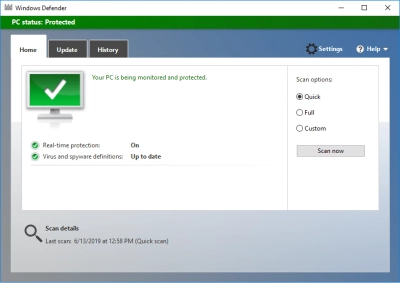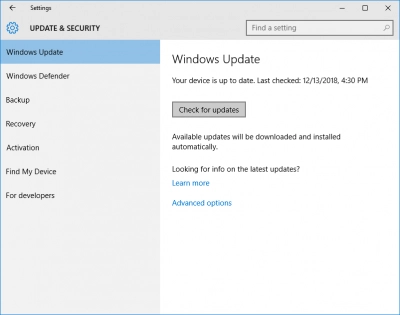What should you do to save your data if bad pool caller error appears in Windows 10, 11?
To begin with, Windows stores a number of necessary files in a “data pool,” which in turn allows your computer to read all the necessary files on demand. And when a thread in your CPU makes an invalid pool request, a BSOD Bad Pool Caller error is displayed. As a result, Windows cannot read a specific file, some settings that it needs. The Errors Bad Pool Caller Blue screen can cause Windows system crashes, reboot it to prevent damage to your system. This is most often due to a corrupted pool header; damage to RAM or drivers, virus attacks, invalid registry entries, etc.
Here you will find out:
- about BSOD Bad Pool Caller error
- how to deal with it
- how DiskInternals Partition Recovery can help you
Are you ready? Let's read!
How to fix this BSOD Bad Pool Caller error
To cope with this problem, you should carefully study this article and try these methods to get rid of the blue screen of death.
1. Use antivirus
Use reliable antivirus software with the latest update to scan your disk for viruses. If any are found, clean and delete them to keep your computer in working order.

Sometimes, antivirus software by itself can cause Bad Pool Caller error 0x000000C2. In such a case, you can disable it temporarily or uninstall it completely and then see if the Bad Pool Caller blue screen error is fixed. If you are worried that this will not make your computer completely defenseless, then it is in vain. Windows 10, 11 has built-in security software, Windows Defender, to help protect your computer as needed.
2. Rollback changes
If you have made some changes to your computer recently, chances are that the Bad Pool Caller error in Windows 11/10/8/7 blue screen is related to this. Then try to undo any recent changes and start your computer again.
Also, try disconnecting absolutely all external USB devices to see if the Windows Bad Pool Caller blue screen has disappeared. Sometimes, some drives are simply not compatible with the operating system.
To remove a recently installed program or application, do the following:
Click on the "Start" button and select the "Settings" section; then click on Applications, and select Applications & Features. Find the recently installed app in the list and uninstall it.
3. Update your OS
It is imperative to check for new Windows updates, as an outdated system may well fail in the form of a blue screen of death.
So, under Settings, select Update & Security. Click on the Windows Update button and then on Check for Updates. Your Windows 10, 11 PC will automatically check for available new Windows updates and, if any, will automatically install them.

If that doesn't work, then you may be dealing with outdated/incompatible/corrupted drivers. In this case, the easiest way is to update all drivers, including video card, audio/video, mouse/keyboard, network adapters, processor drivers, etc. To do this, you must simultaneously press the Windows + X keys on your keyboard and select Device Manager. You then need to expand each device category and right-click the hardware for which you have installed a third-party driver. Then select "Update Driver". Repeat these steps with all drivers and, in the end, restart your computer and forget about the recent problems.
How to secure your data?
Use DiskInternals Partition Recovery if you want to access deleted/damaged files with the guarantee of their preservation. You can use this professional application for free. You will see all the scan results and then decide whether to purchase a license to export the recovered data.
Download and install DiskInternals Partition Recovery from the official website to recover data of any size and format.
The Recovery Wizard will start automatically after launching the program and will offer you to select the location of the lost file. It can be a USB flash drive, hard drive, external hard drive, memory card, SD card, etc.
Next, scan the disk or disk partition and start a free preview and recovery (you should see files that can be recovered; click the file with the right mouse button and select "Preview in New Window'').
Saving the recovered information is available after purchasing a license for this product.
Note: Do not save the recovered data on the same device to avoid data overwriting.
